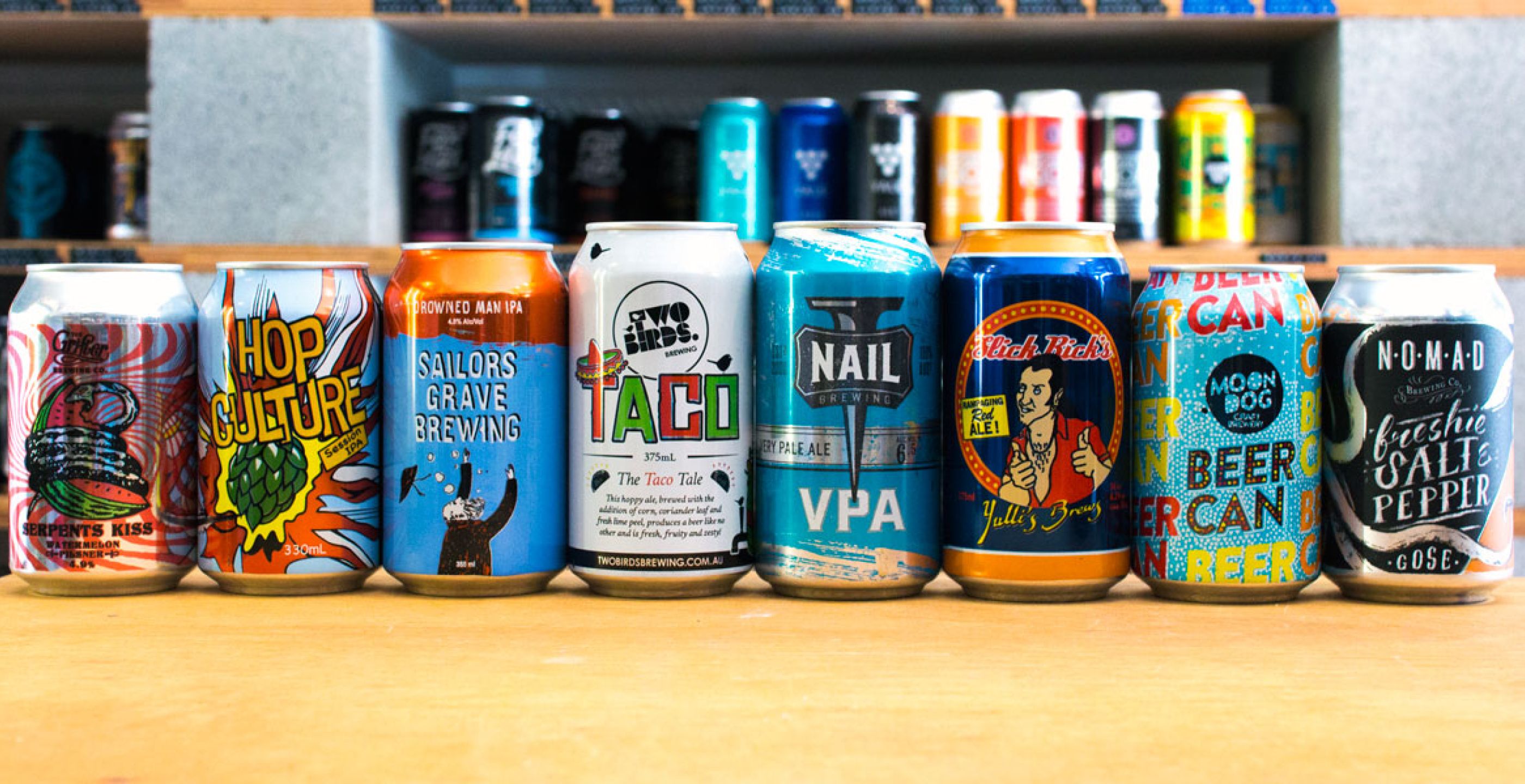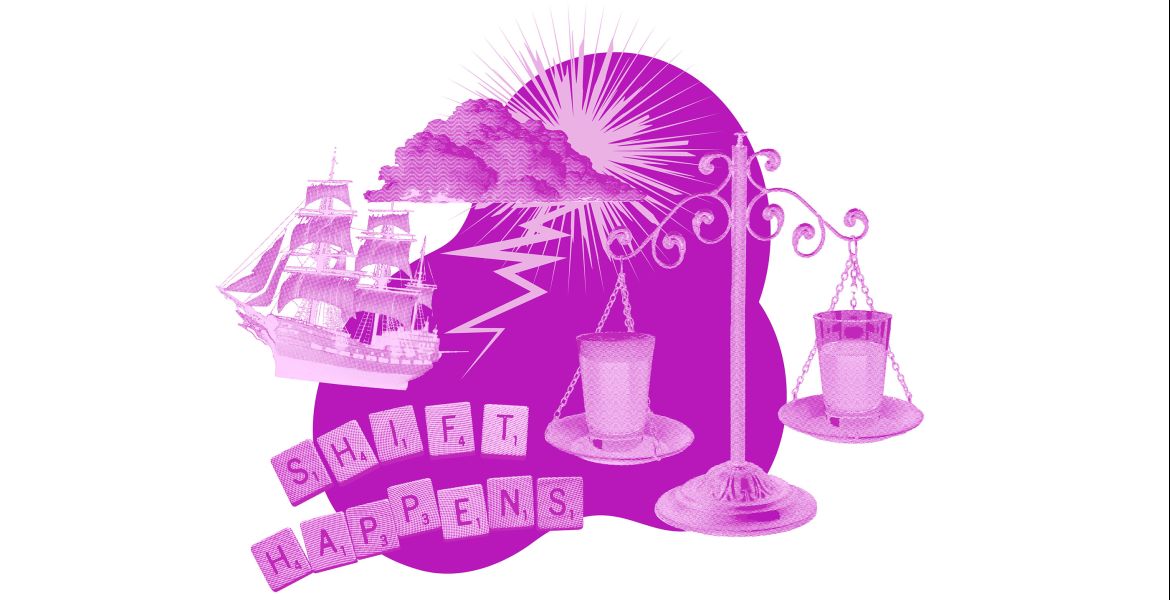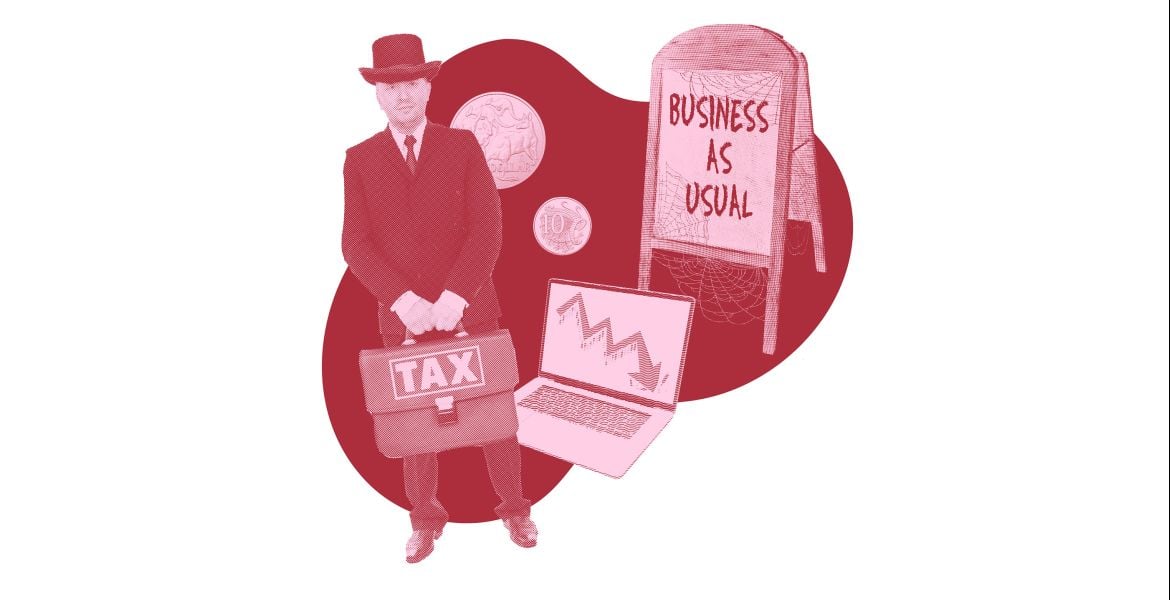Last year saw plenty of craft beer trends come and go, but nothing seemed to grow in popularity quite like canned beer. In 2016, the number of Australian breweries putting beer into cans more than doubled from the previous year, while the number of beers available in cans to make last week's GABS Hottest 100 was 32, up from 17 in 2015 and just four in 2014.
Bottleshop shelves steadily became overrun with stacks of shiny tinnies, while the launch of the mobile East Coast Canning service helped many of those breweries keen to put at least one of their beers in a can. So, aside from just following the crowd, why was it that everyone was so enthusiastic to hop aboard the rapidly accelerating "canned wagon"?
Today and here, Marie Claire Jarratt looks at the rise of craft in cans in the company of members of the brewing industry here and abroad in our latest Big Issue feature.
A Shift in Attitude
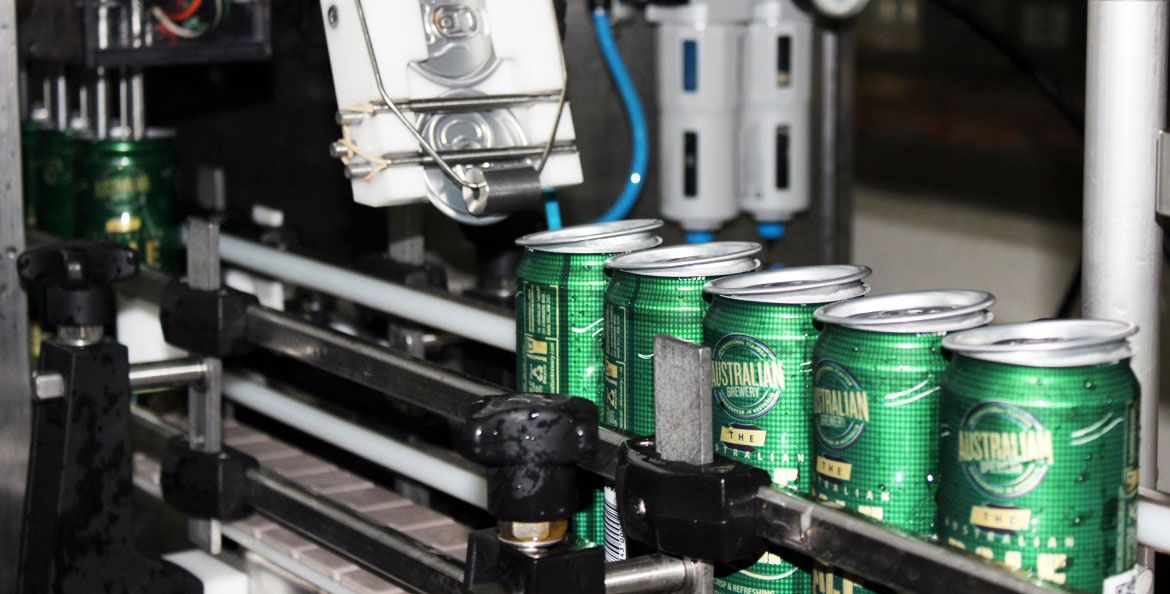
Predicting such a trend would have been near impossible several years prior. After all, it wasn’t all that long ago that canned beer was heavily stigmatised. It was viewed as a staple of cheap, mass-produced beer, flavourless aside from a metallic taste that had leeched in to the liquid from the container walls. Plastic lined cans solved that problem in the first half of the 20th century, yet the myth remained, especially with craft brewers who were looking to sell a more refined product.
So it hardly comes as a surprise that when the first micro-canning line for craft brewers was introduced reactions were far from positive. Peter Love, founder of Cask Brewing Systems in Canada, had debuted his idea at a Craft Brewers Conference in 2002 and was met with much disbelief.
“Many beer industry people swore we’d lost our minds,” he recalls. “They though the idea would never stick. Several brewers told us it was the dumbest idea they’d ever heard.”
It took just one risk-taking brewer, Dale Katechis of Colorado’s Oskar Blues, to take a leap of faith and attempt to transform the image of the can.
“They were very passionate in their appreciation of cans and used it as an unabashed selling point of their beers. They’ve done very well with that approach,” says Peter.
Indeed, they’re now one of the largest craft breweries in the United States and the largest to package exclusively in cans. Today, they’re joined by more than 500 other canning breweries in the US.
In Australia, the first canning system wasn’t installed until ten years later, in 2012. Australian Brewery’s Neal Cameron also opted for a machine from Cask, becoming the country’s first craft brewer to package in cans. His motivation in choosing cans stemmed predominantly from the high level of protection they offer against factors that can diminish beer quality.
Oxygen and light are two of beer’s biggest enemies. Exposure to UV light degrades sensitive hop flavour compounds, producing a new set of molecules with displeasing aromas. Air encourages oxidation, resulting in a variety of off-flavour compounds.
Cans, which are tightly sealed from the rest of the world after filling, arguably offer better protection from both. Whether there’s any added benefit over a well sealed standard brown bottle remains up for debate, but the fact such a discussion exists shows how far they’ve come from the “fizzy yellow” brews of old. Now, it’s up to an internet full of blind taste tests to determine the real winner of that category.
The Aussie Lifestyle
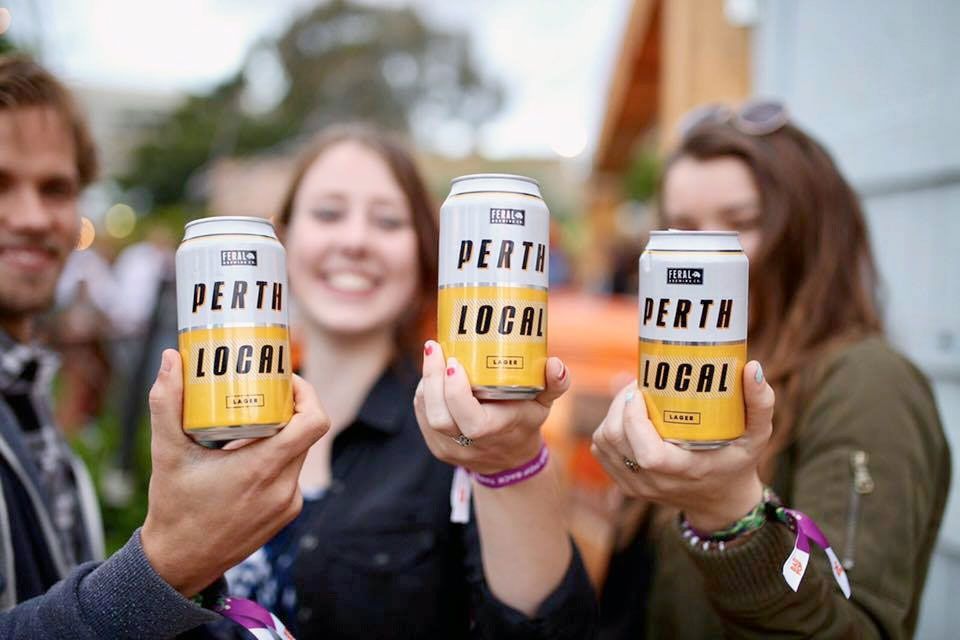
One of the greatest benefits cans offer for the Australian market is their portability.
“Your craft beer lovers are an active, adventurous and outdoors loving group,” says Peter. “They want to drink great beer on their outdoor adventures and cans make that extremely easy to do. Cans are easy to recycle, to take out of the backcountry or away from the beach. They’re also often welcome in places bottles aren’t.”
Such a location is the eternally popular summer music festival; where once the choice was simple lager or old school British ales, now you can wander through The Sup at Meredith and find an impressive array of craft beers in punters' hands. Tapping into that scene was a major driving factor in Feral Brewing Company’s decision to can, according to national sales manager Steve Finney, as it was for Mountain Goat when it put its Summer Ale into cans.
“It came from the demands of local sporting clubs and local festival organisers who were starting to look for better beer options,” he says. “It was a market we weren’t playing in draught or bottles.”
Hand in hand with that decision came the release of a new beer, Perth Local, exclusively available for the Western Australian population.
“We have a number of partnerships with some major not-for-profit Perth organisations, all which run some larger events and festivals,” says Steve. “A clean lager from Feral is going to introduce a new drinker to good beer.”
Feral isn’t the only brewery appealing to Aussie’s desires to be outdoors. Sydney’s Modus Operandi often uses outdoor shots in videos used to promote their cans, while “Australia’s highest brewery”, Blizzard Brewing Company, located near the Dinner Plain ski fields, claims it’s much easier (and perhaps safer) to rush down the slopes with a can in hand, rather than a bottle.
Benefits for Breweries
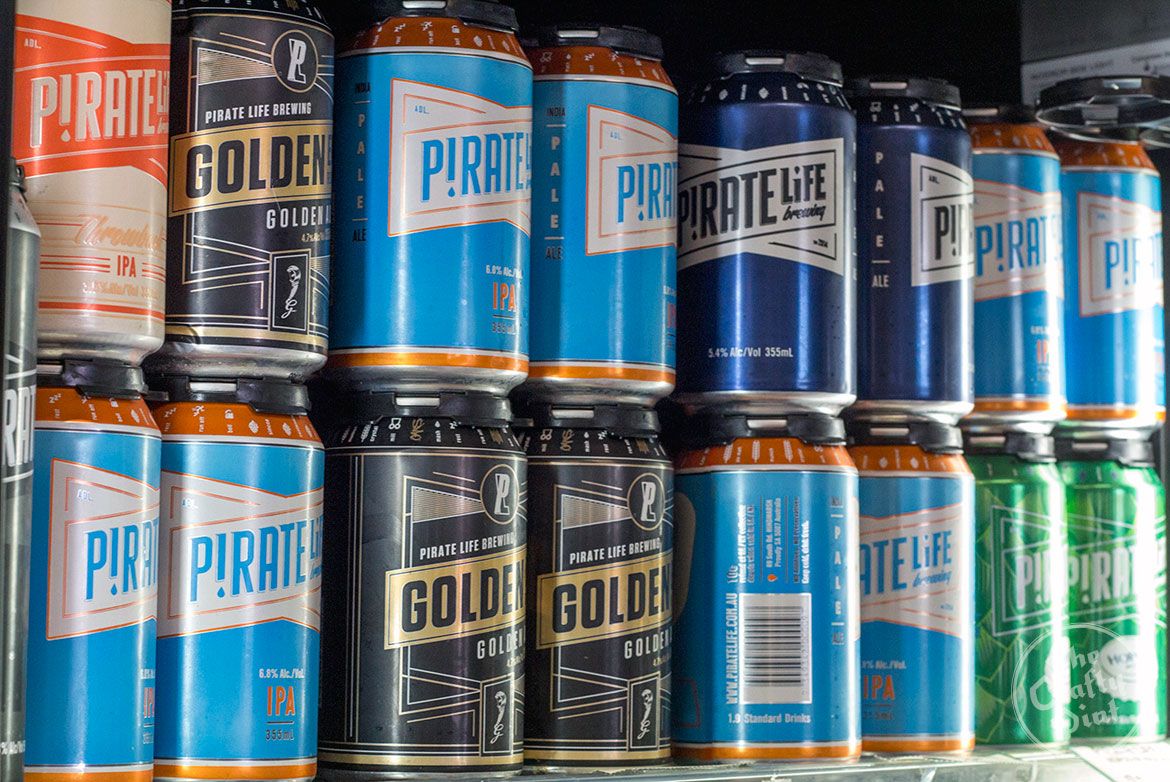
Finding ways to reduce overhead costs is a necessity in any brewery, especially a small one. Logistics costs of shipping across our mostly barren nation are significant, so it can be beneficial to look at a format that's smaller in weight and offers higher packaging efficiency. Cans are really the only answer here, simply because they’re both lighter and smaller. To put it in numbers, a filled can weighs around 366g, while the same size bottle is almost double that at 620g. Empty versions of both differ by a factor of ten.
Canning systems themselves also provide convenience in their manoeuvrability and size.
“They have a much smaller footprint and take up much less space – very valuable for a small brewery with limited room,” says Cask's founder. “They are super portable and can be moved easily and are often significantly quieter, another great thing for packaging brewers.”
In terms of marketing, cans may not offer the novelty they once did, but they still provide much more real estate with which to brand. Last year’s AIBA Best Packaging award winners Pirate Life opted for a printed design that envelopes the whole can. Others have opted for the printed label on plain can approach, often for short run specialty releases, with labels typically larger than those of a standard bottle. One downside here is that, unless it's designed and applied well, a label stuck on a plain can is less visually appealing than a labelled bottle, although maybe familiarity over time will lessen this.
The amount of real estate available to tell the brewery and beer's story might be a moot point to those who care more about what’s in the can than on it, but visual appeal remains a major factor in marketing.
It’s Easier Than Ever
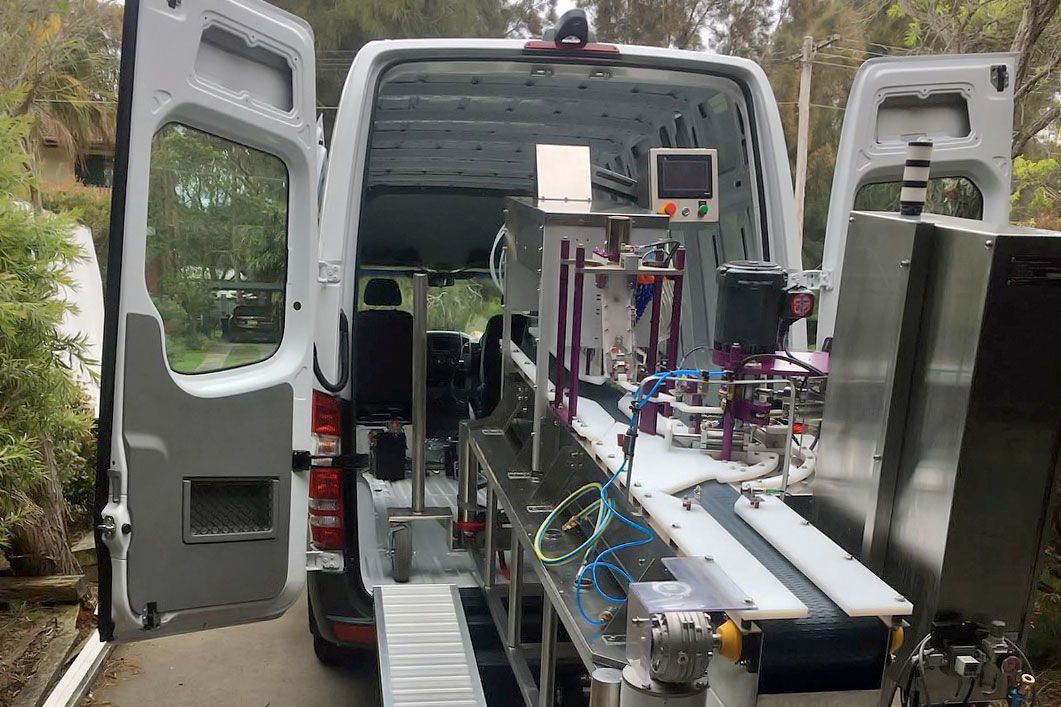
For craft brewers that still lack the space, funds, or even both, to permanently install a canning line, a solution still exists. Entrepreneur Chris Kelly has capitalised on the portability of a typical system to found East Coast Canning, Australia’s first mobile canning business.
Packing his setup into the back of his Mercedes van, he travels from Melbourne to Brisbane and everywhere in between in order to give breweries the chance to package their beers in cans. His confidentiality policy prohibits him from naming exactly which breweries these are, but a quick peek at his Instagram, which includes photos from the likes of KAIJU! / Exit, La Sirène, Moon Dog, Batch, Rocks and Nomad, drops a few hints.
“It’s a nice setup, everything is easy to put together and pack away and it all wheels in to any nook and cranny of a brewery,” says Chris.
As for his opinion on whether cans are the future of craft beer packaging in Australia, he's hesitant to commit to a can-only lifestyle.
“I think they are just a part of the whole picture. We will see more cans in Australia – one look at my calendar will tell you that! I love bottles, but you can’t beat the aroma you get from a hoppy beer out of a can, or the freshness of a malt-forward beer that has been lovingly canned.
"Are cans the future? No. A big part of the future? Yes.”
Having laid the foundations, here Marie Claire presents a Q&A on the pros and cons, myths and realities of cans with a panel that includes Peter Love, James Booth of Black Dog Brewing, Matt Houghton of Boatrocker and Justin Fox, former head brewer at Colonial Brewing who oversaw the installation of their canning line.
About the author: Marie Claire is a full-time craft beer enthusiast whose side hobbies include writing about beer (and winning awards for it) and completing a PhD in experimental physics. She can be found online at newsouthales.com.



